The Threadfin Acara (Acarichthys heckelii) is a captivating species of cichlid fish that has garnered attention from aquarium enthusiasts and scientists alike. With its unique appearance and intriguing behavior, it’s no wonder why this fish is a popular choice for many aquarium hobbyists.
Table of Contents
The scientific name Acarichthys heckelii is derived from the Greek words “acara,” meaning “top” or ” summit,” and “ichthys,” meaning “fish.” The species name “heckelii” is a tribute to the Austrian ichthyologist Johann Jakob Heckel, who first described the species in 1849.
Threadfin Acaras are native to the Amazon and Essequibo basins in tropical South America, where they inhabit slow-moving waters with dense vegetation . They are benthic feeders, using their long, thread-like fins to sift through sand and mud in search of invertebrates . In the aquarium, they are known to be peaceful and can be kept with other non-aggressive fish species.
Threadfin Acaras are omnivores and require a balanced diet consisting of high-quality pellets, flakes, and live or frozen foods like bloodworms and brine shrimp . They also appreciate vegetable matter, such as blanched spinach, and can be fed earthworms as an occasional treat.
To replicate their natural habitat, a tank with plenty of hiding spots and caves is recommended, along with a substrate of sand or fine gravel and decorations such as driftwood and live plants . A minimum tank size of 75 gallons is suggested, with a temperature range of 75-82°F (24-28°C) and pH range of 6.0-7.5.
A study published in the journal “Ecology and origin of the introduced cichlid Acarichthys heckelii in Singapore’s fresh waters” found that the Threadfin Acara has established itself in the wild in Singapore, likely due to releases from the aquarium trade . This highlights the importance of responsible aquarium ownership and the need for further research on the ecological impacts of introduced species.
Threadfin Acaras are also known as Heckel’s Thread-finned Acara or simply Threadfin Acara . They are available in the aquarium trade, including an albino variant, which is the result of selective breeding.
Threadfin Acaras are one of about ten species of South American cichlids that have become established in Southeast Asia . They are also known to be skilled “construction workers,” using their powerful fins to dig and create complex burrows in the substrate.
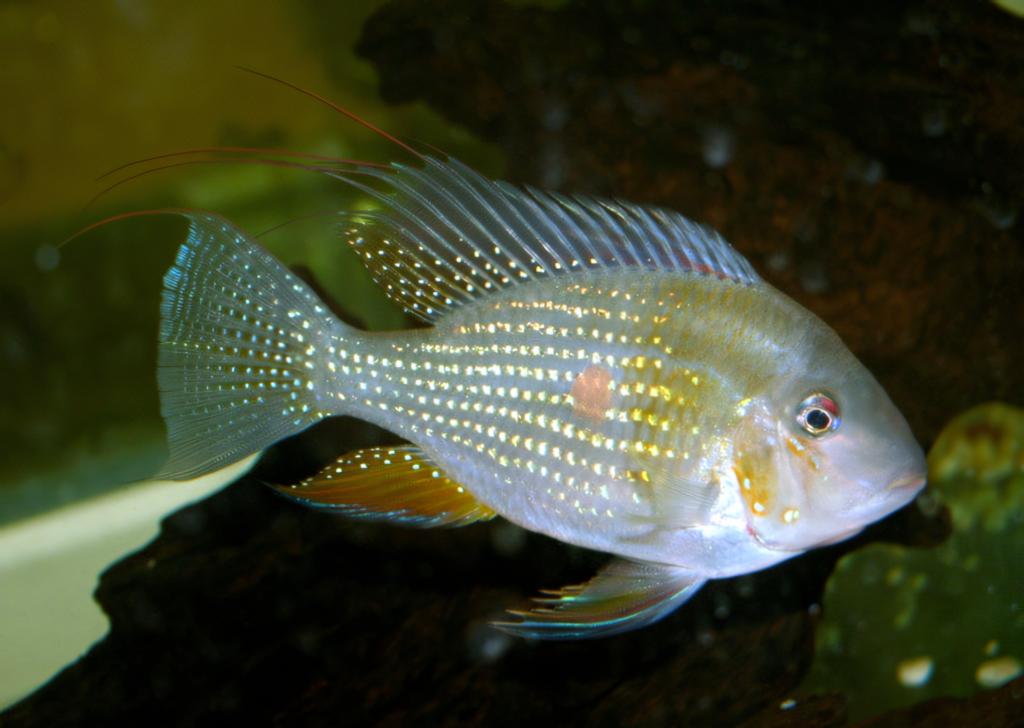
Threadfin Acara Key Information
The Threadfin Acara is a stunning species of cichlid fish, boasting a vibrant color palette that sets it apart from other aquarium inhabitants. Its main body is a beautiful shade of silver, adorned with intricate blue and yellow markings that dance across its scales. The fins, which give the fish its distinctive “threadfin” name, are long and flowing, with a delicate pattern of darker and lighter hues. As the fish matures, its colors become even more intense, making it a true showstopper in any aquarium.
| Family | Cichlidae |
| Origin | Amazon and Essequibo basins in tropical South America |
| Price | $15-$30 |
| Common Names | Threadfin Acara, Heckel’s Thread-finned Acara |
| Variants | Albino |
| Ideal Tank Size | 75 gallons |
| Water Parameters | pH 6.0-7.5, temperature 75-82°F (24-28°C) |
| Lifespan | 8-10 years |
| Full Size | 6-8 inches |
| Natural Environment | Slow-moving waters with dense vegetation |
| Behavior | Peaceful, benthic feeder |
| Habitat Preference | Sand or fine gravel substrate, decorations such as driftwood and live plants |
| Aquarium Decoration | Caves, rocks, and plants to provide hiding spots and visual interest |
| Ideal Tank Mates | Non-aggressive fish species, such as neon tetras and harlequin rasboras |
| Fish to Avoid | Aggressive species, such as fin-nippers and territorial cichlids |
| Best Foods/Diet | Omnivorous, high-quality pellets, flakes, and live or frozen foods |
| Disease | Susceptible to ich and other common aquarium diseases |
| Sex-switch | No |
| Gender Differences | Males have longer fins and more vibrant colors |
| Care Level | Moderate |
| Breeding Level | Challenging |
Ideal Tankmates for Threadfin Acara
When it comes to selecting tank mates for your Threadfin Acara, it’s essential to choose species that are compatible and won’t cause stress or aggression. Threadfin Acaras are relatively peaceful, but they can be territorial and may exhibit dominance over other fish if kept in a group of two. To create a harmonious community, it’s best to choose tank mates that are similar in size, temperament, and swimming level.
Understanding the Needs of Your Threadfin Acara
Before introducing new tank mates, it’s crucial to understand the needs of your Threadfin Acara. They prefer a warm, well-oxygenated environment with plenty of hiding spots and visual interest. They are omnivores and require a balanced diet that includes vegetable matter. With proper care and attention, Threadfin Acaras can thrive in a community aquarium.
10 Ideal Tank Mates for Your Threadfin Acara
Here are ten ideal tank mates for your Threadfin Acara, each with unique characteristics and compatibility:
1. Angelfish
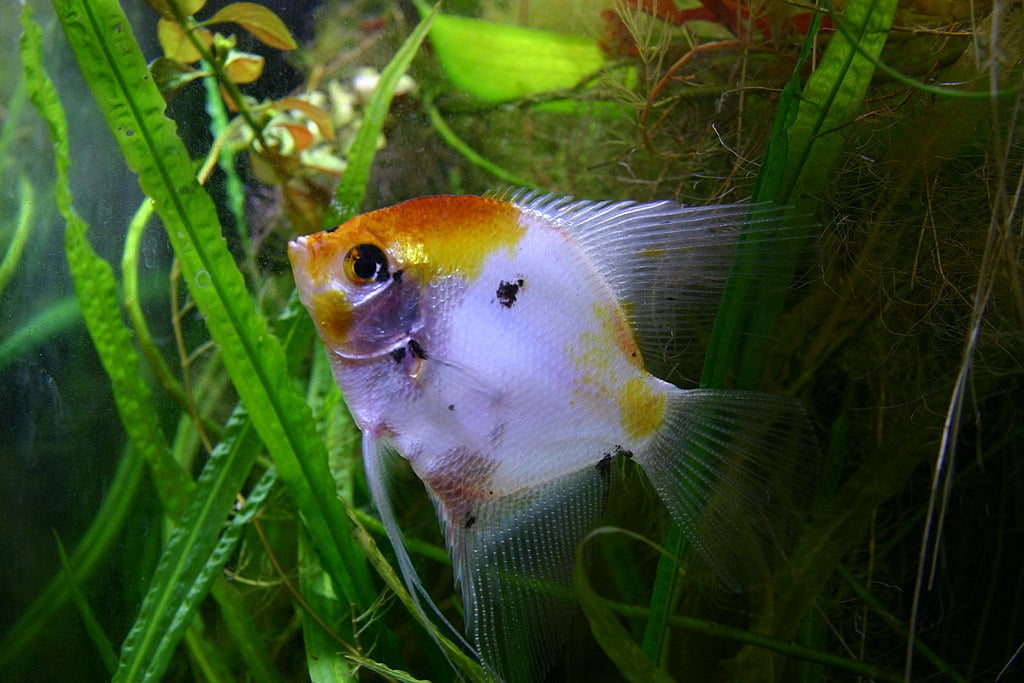
Angelfish are a popular choice for community aquariums, and they make excellent tank mates for Threadfin Acaras. They are relatively peaceful, elegant, and come in a variety of colors.
| Common/Market Names | Price Range | Care Level | Behavior | Life Span | Max Size |
|---|---|---|---|---|---|
| Angelfish, Silver Angelfish | $10-$30 | Moderate | Peaceful | 8-10 years | 6-8 inches |
2. Discus
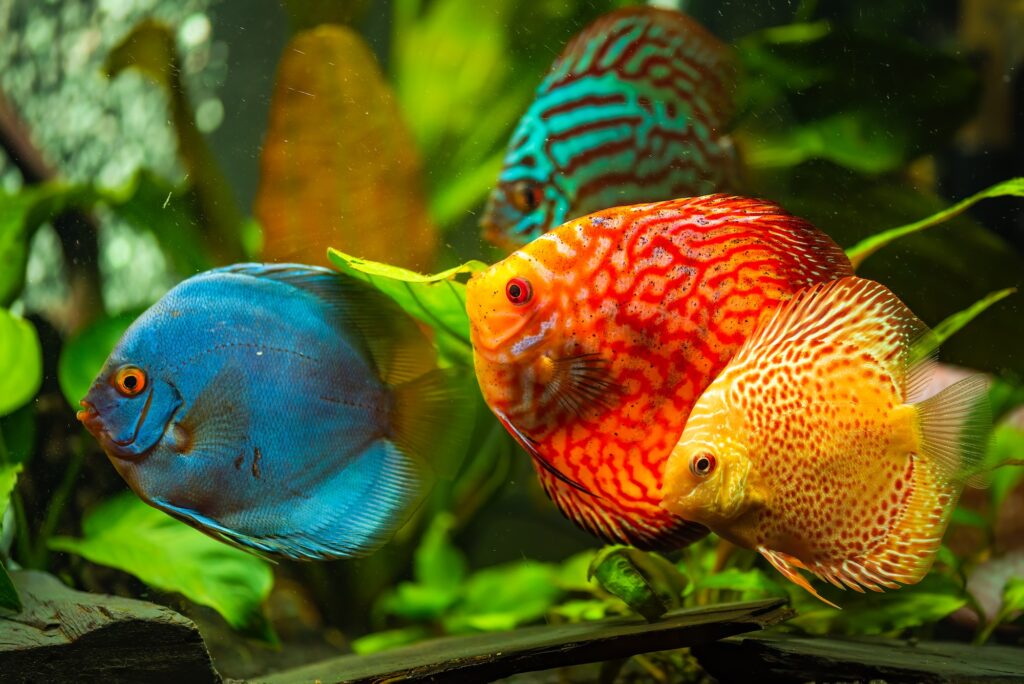
Discus are another popular choice for community aquariums, and they are compatible with Threadfin Acaras. They are relatively peaceful, but can be sensitive to water conditions.
| Common/Market Names | Price Range | Care Level | Behavior | Life Span | Max Size |
|---|---|---|---|---|---|
| Discus, Pompadour Discus | $20-$50 | High | Peaceful | 8-10 years | 6-8 inches |
3. Corydoras Catfish
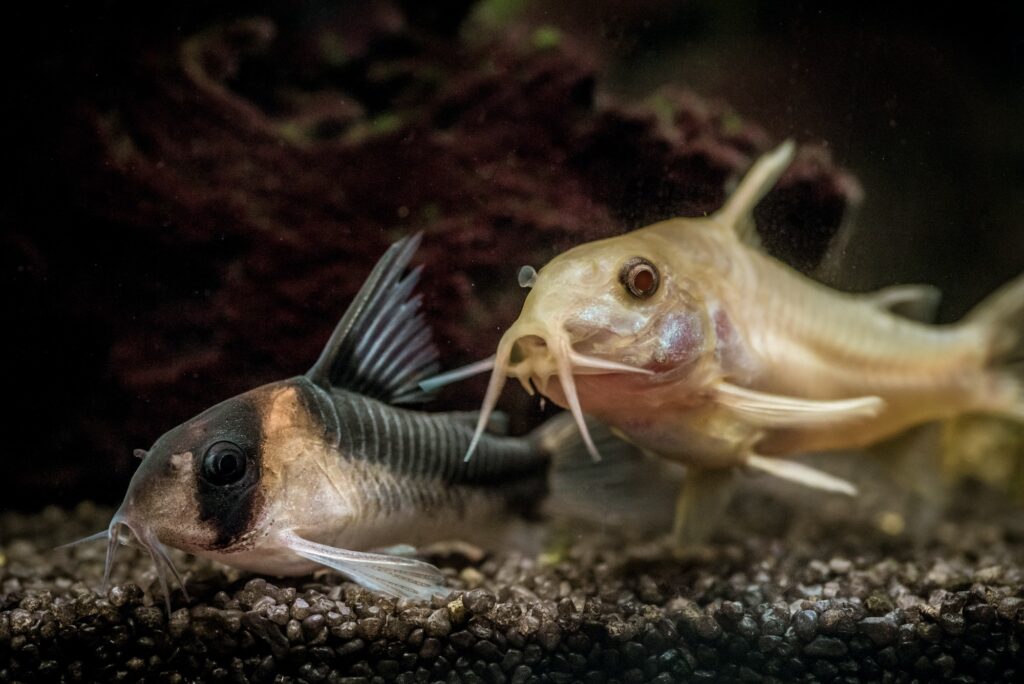
Corydoras catfish are small, peaceful bottom-dwellers that are perfect for community aquariums. They are easy to care for and can be kept in small schools.
| Common/Market Names | Price Range | Care Level | Behavior | Life Span | Max Size |
|---|---|---|---|---|---|
| Corydoras Catfish, Cory Cats | $5-$10 | Easy | Peaceful | 5-7 years | 2-3 inches |
4. Harlequin Rasboras
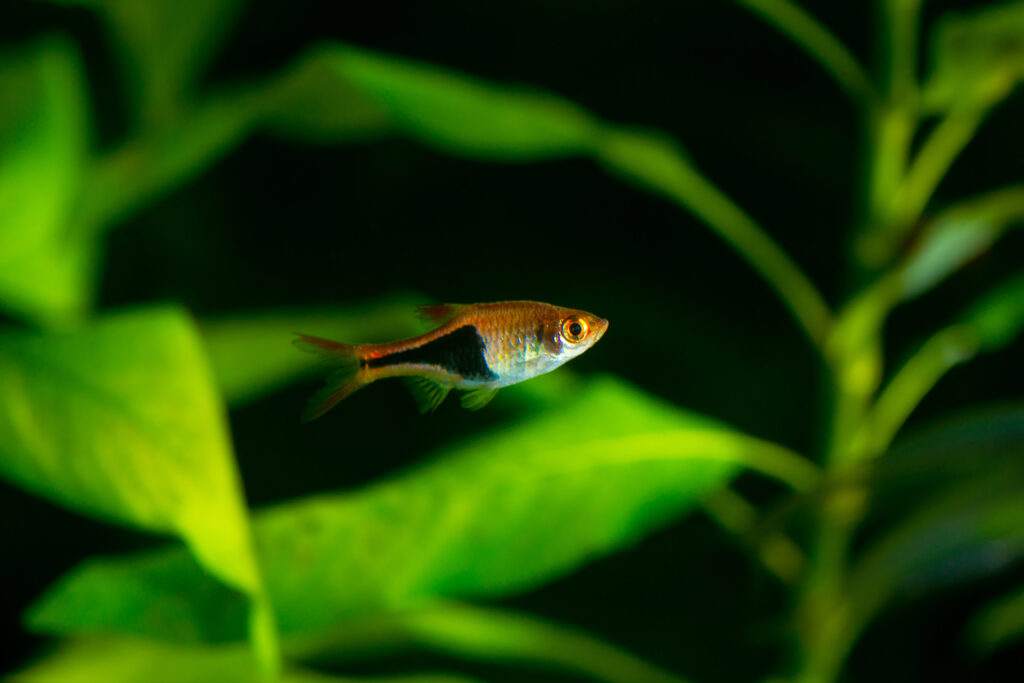
Harlequin rasboras are active, peaceful swimmers that are easy to care for. They are schooling fish and should be kept in groups of at least six.
| Common/Market Names | Price Range | Care Level | Behavior | Life Span | Max Size |
|---|---|---|---|---|---|
| Harlequin Rasboras, Red Rasboras | $5-$10 | Easy | Peaceful | 5-7 years | 2-3 inches |
5. Zebra Danios
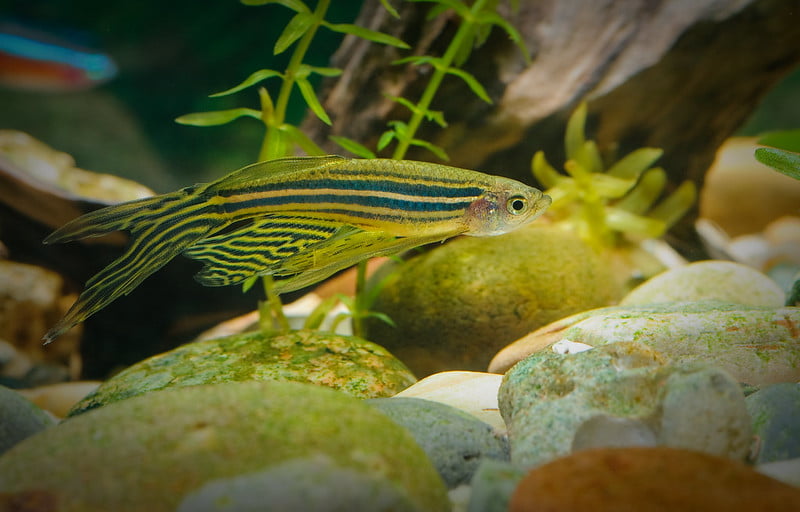
Zebra danios are active, hardy swimmers that are easy to care for. They are tolerant of changes in water conditions and can be kept in small schools.
| Common/Market Names | Price Range | Care Level | Behavior | Life Span | Max Size |
|---|---|---|---|---|---|
| Zebra Danios, Striped Danios | $5-$10 | Easy | Active | 5-7 years | 2-3 inches |
6. Plecos
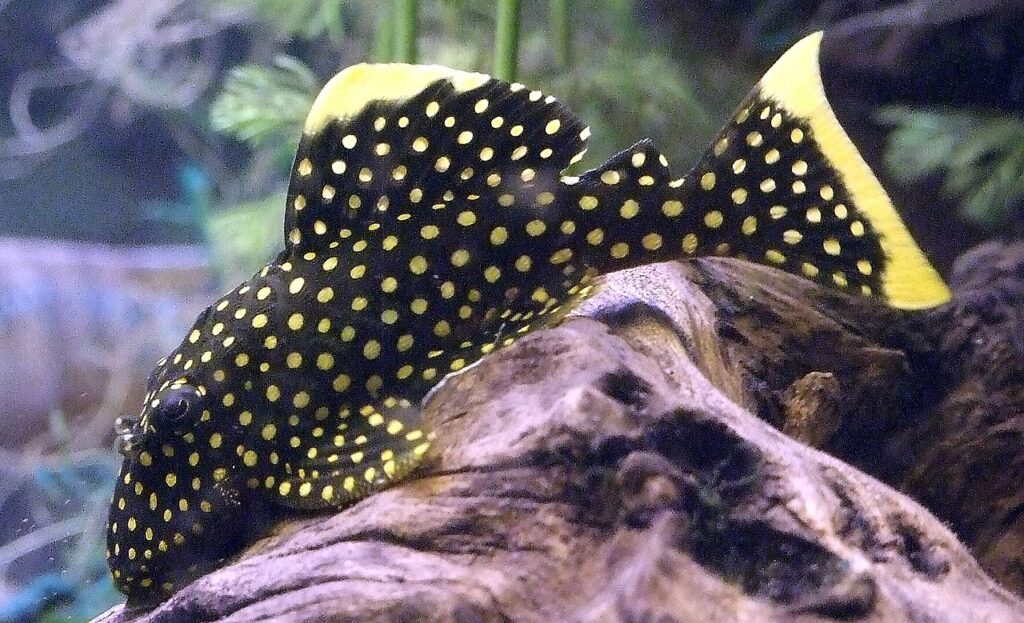
Plecos are armored catfish that are perfect for community aquariums. They are peaceful, but can be territorial and require plenty of hiding spots.
| Common/Market Names | Price Range | Care Level | Behavior | Life Span | Max Size |
|---|---|---|---|---|---|
| Plecos, Armored Catfish | $20-$50 | Moderate | Peaceful | 10-15 years | 6-12 inches |
7. Rainbowfish
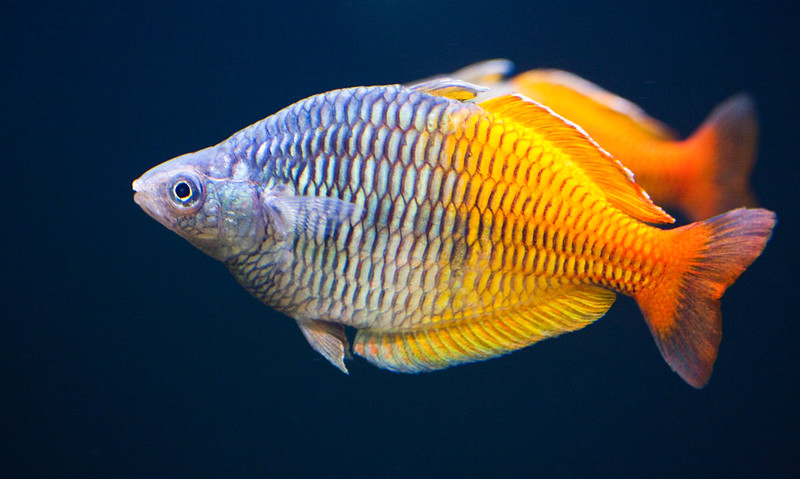
Rainbowfish are active, peaceful swimmers that are easy to care for. They are schooling fish and should be kept in groups of at least six.
| Common/Market Names | Price Range | Care Level | Behavior | Life Span | Max Size |
|---|---|---|---|---|---|
| Rainbowfish, Boesemani Rainbowfish | $10-$20 | Easy | Peaceful | 5-7 years | 2-3 inches |
8. Dwarf Gouramis
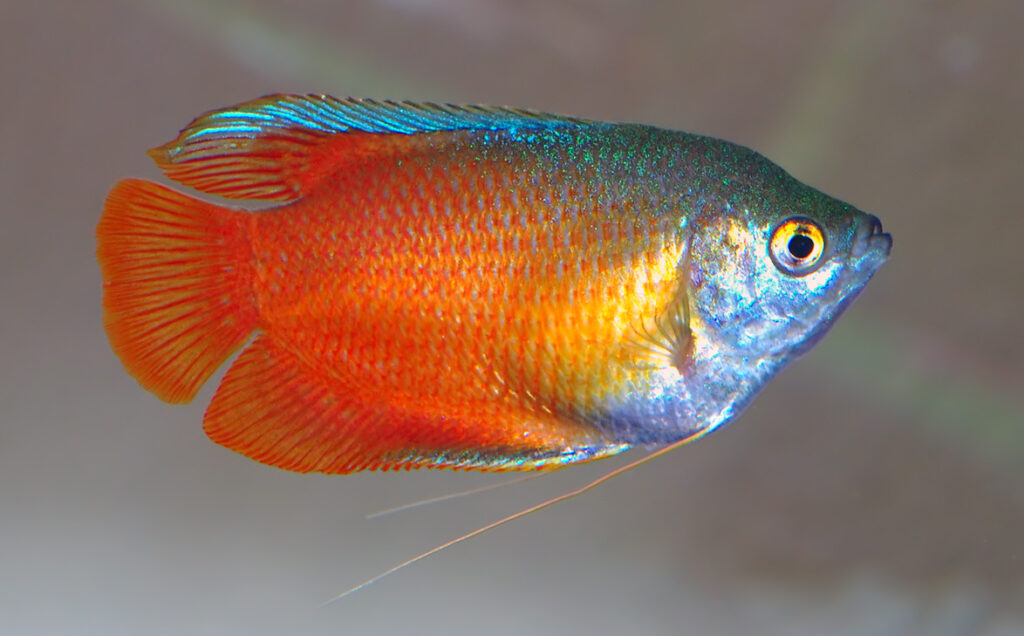
Dwarf gouramis are peaceful, small swimmers that are easy to care for. They are territorial and should be kept in pairs or small groups.
| Common/Market Names | Price Range | Care Level | Behavior | Life Span | Max Size |
|---|---|---|---|---|---|
| Dwarf Gouramis, Pygmy Gouramis | $10-$20 | Easy | Peaceful | 5-7 years | 2-3 inches |
9. Neon Tetras
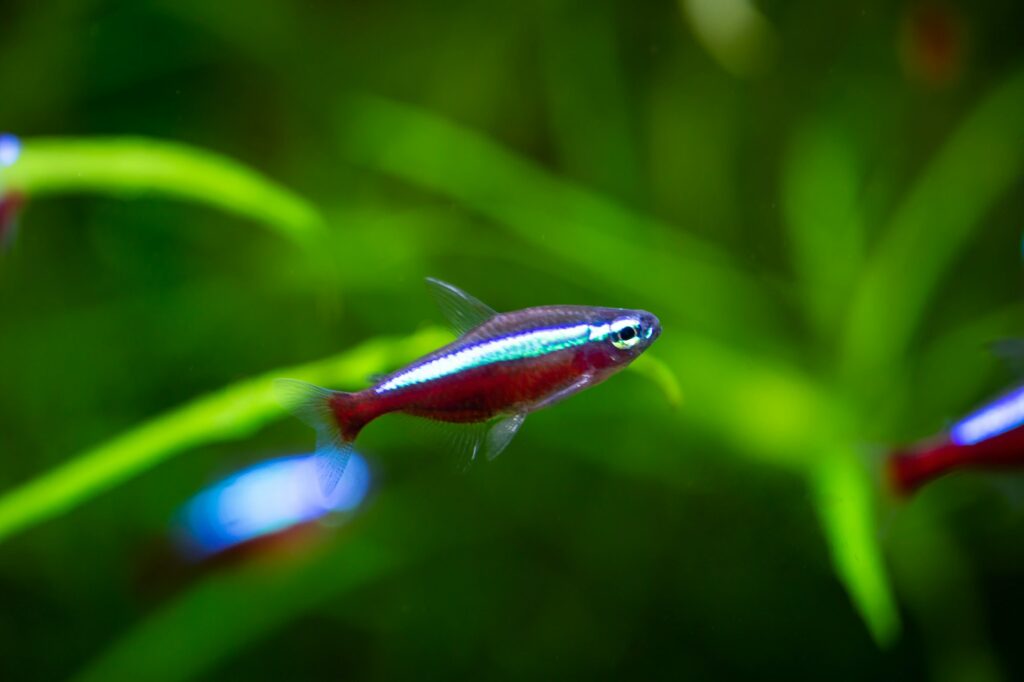
Neon tetras are small, peaceful swimmers that are easy to care for. They are schooling fish and should be kept in groups of at least six.
| Common/Market Names | Price Range | Care Level | Behavior | Life Span | Max Size |
|---|---|---|---|---|---|
| Neon Tetras, Paracheirodon innesi | $5-$10 | Easy | Peaceful | 5-7 years | 1-2 inches |
10. Congo Tetras
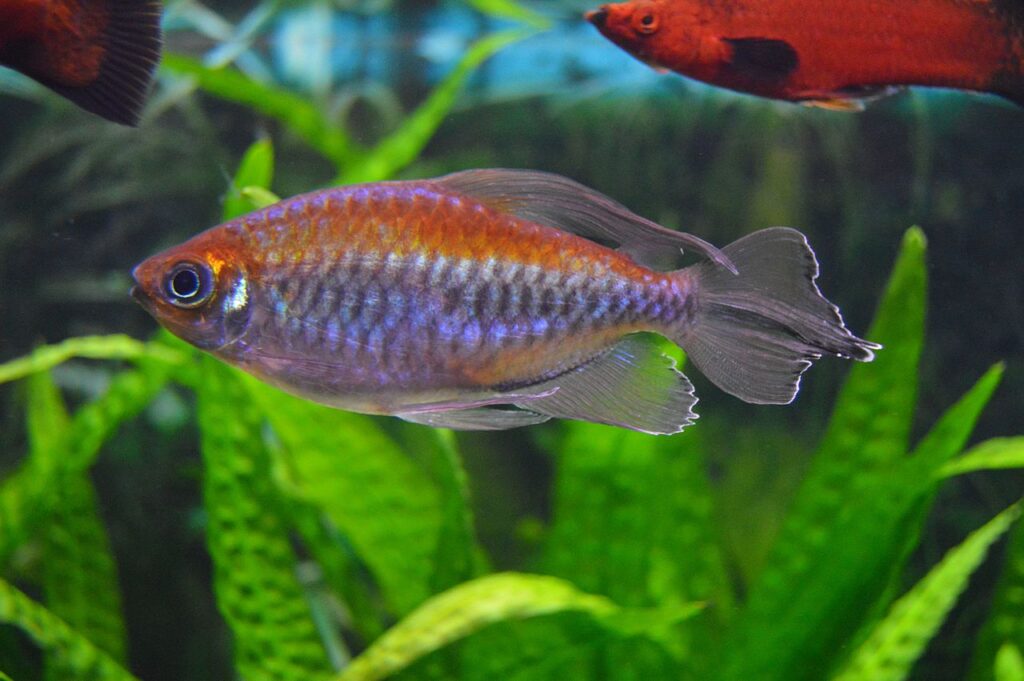
Congo tetras are active, peaceful swimmers that are easy to care for. They are schooling fish and should be kept in groups of at least six.
| Common/Market Names | Price Range | Care Level | Behavior | Life Span | Max Size |
|---|---|---|---|---|---|
| Congo Tetras, Phenacogrammus interruptus | $10-$20 | Easy | Peaceful | 5-7 years | 2-3 inches |
FAQs about Threadfin Acara
How often should I feed my Threadfin Acara?
Feed your Threadfin Acara 2-3 times a day, only as much as they can consume within a few minutes. Overfeeding can lead to digestive issues and poor water quality.
What is the best way to breed Threadfin Acaras?
Threadfin Acaras are challenging to breed, but can be induced to spawn by providing a separate breeding tank with plenty of hiding spots and a temperature range of 78-82°F (25-28°C).
Can I keep Threadfin Acaras with other cichlids?
While Threadfin Acaras are generally peaceful, they can be territorial and may exhibit dominance over other cichlids. It’s best to keep them with non-aggressive, non-territorial cichlids or other peaceful community fish.
How often should I change the water in my Threadfin Acara tank?
Regular water changes are essential to maintain optimal water quality. Change 10-20% of the tank water every week to keep your Threadfin Acara healthy and thriving.
What are some common Threadfin Acara diseases?
Threadfin Acaras are susceptible to diseases such as ich, velvet, and bacterial infections. Regular water changes, a balanced diet, and proper tank maintenance can help prevent these diseases.
Can I keep Threadfin Acaras in a small tank?
While Threadfin Acaras can be kept in smaller tanks, a minimum tank size of 75 gallons is recommended to provide them with plenty of swimming space and a stable environment.
How long does it take for Threadfin Acaras to reach their full size?
Threadfin Acaras can take up to 2-3 years to reach their full size, depending on factors such as diet, water quality, and tank conditions.
Can I keep Threadfin Acaras with live plants?
Yes, Threadfin Acaras can be kept with live plants, but make sure to choose plants that are compatible with their water requirements and won’t be damaged by their digging behavior.
What is the best way to handle Threadfin Acaras?
Threadfin Acaras are sensitive to handling and should be netted carefully to avoid causing them stress or injury. It’s best to handle them as little as possible and only when necessary.
Can I keep Threadfin Acaras in a community tank with other bottom-dwellers?
Yes, Threadfin Acaras can be kept with other bottom-dwellers, but make sure to choose species that are compatible and won’t compete for food or territory.
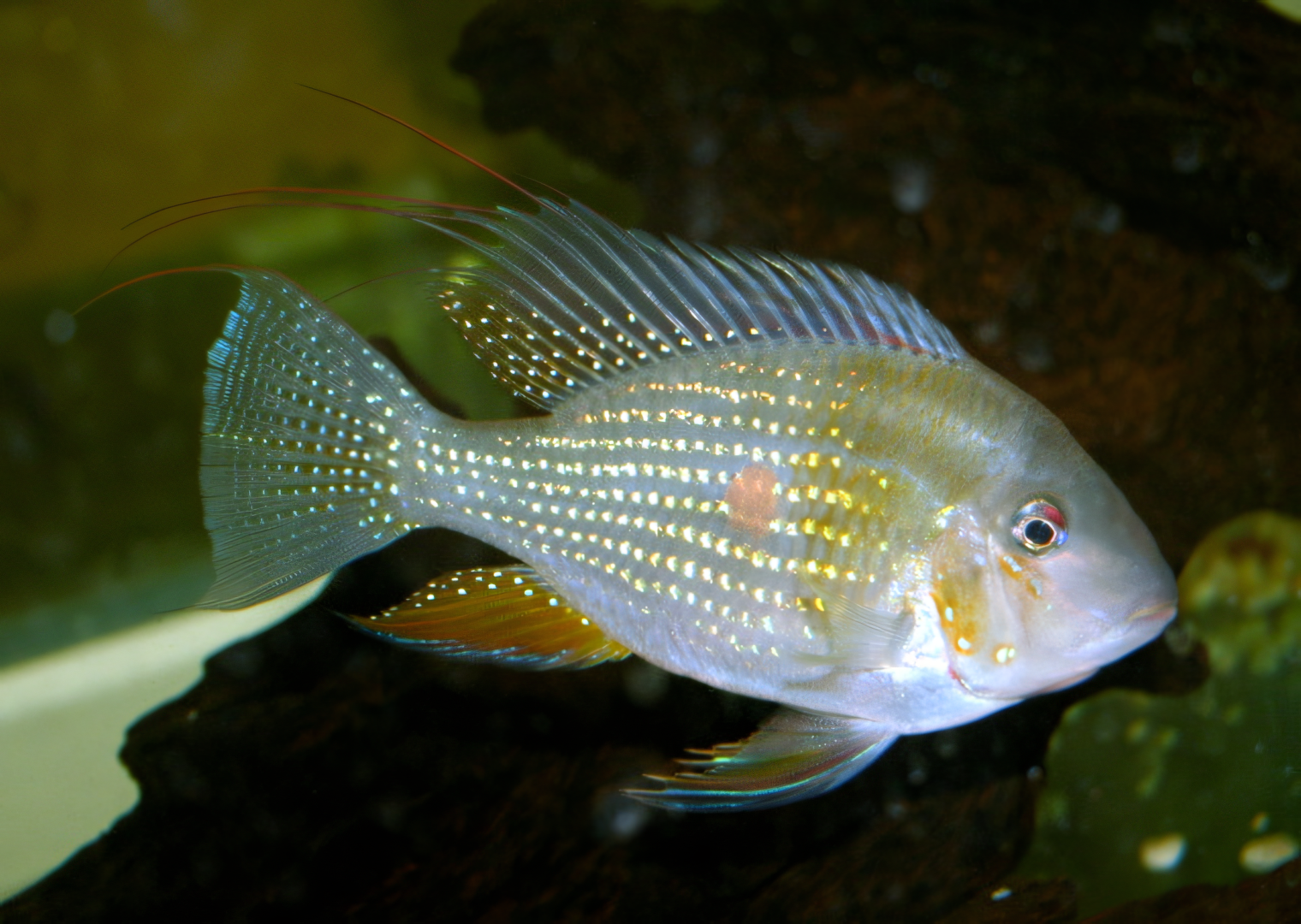
Leave a Reply